How Stock Market Fintechs Use B2B Programmatic Marketing for Growth?
Contributors:
Abid Ali
Published: December 6, 2024
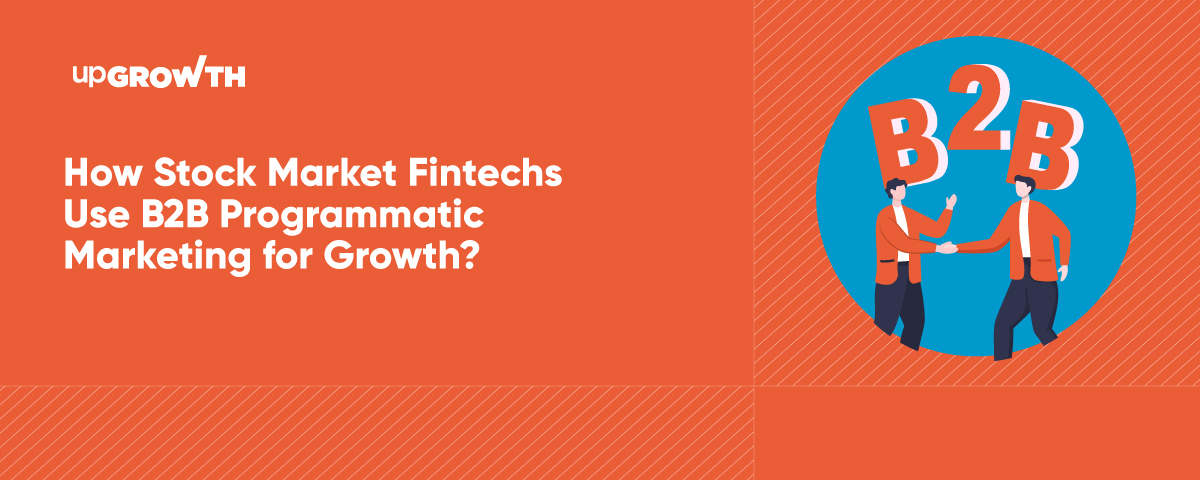
Summary
Stock market fintech companies are embracing B2B programmatic marketing to reach niche audiences like investment firms and financial analysts. This guide explores strategies like precise targeting, content marketing, account-based marketing (ABM), and automation to maximize ROI and drive business growth in a competitive market.
The world of fintech is rapidly evolving, and nowhere is this more apparent than in how stock market fintech companies are leveraging B2B programmatic marketing to accelerate growth.
With competition increasing and buyers growing more sophisticated, the ability to connect with decision-makers efficiently is critical. B2B programmatic marketing provides the perfect solution—a data-driven approach that automates targeting and optimizes campaigns in real-time.
What is B2B Programmatic Marketing?
At its core, B2B programmatic marketing is a fully automated process for targeting business audiences through data-driven advertising campaigns. It uses algorithms to purchase ad space in real-time, ensuring your messaging reaches the right audience on the right platform.
- Unlike traditional advertising methods, programmatic marketing focuses on precision, relevance, and efficiency.
- It’s uniquely suited to stock market fintech companies, which often need to target niche audiences like financial analysts, investment firms, or institutional traders.
- Tools like demand-side platforms (DSPs) allow marketers to manage ad placements seamlessly while achieving measurable results.
With programmatic marketing, you can bypass guesswork and directly appeal to prospects by analyzing their digital behaviour, job titles, industries, and online activity.
What is the Differences Between B2B and B2C Marketing?
Understanding the differences between B2B (business-to-business) and B2C (business-to-consumer) marketing is crucial to running an effective programmatic advertising campaign. While B2C marketing typically focuses on reaching mass audiences quickly through emotional appeal, B2B marketing requires a more strategic, data-backed approach due to longer buying cycles, higher stakes, and multiple decision-makers.
Audience Size & Complexity:
- B2C campaigns target broad audiences and rely on platforms like Instagram, Facebook, and TikTok.
- B2B campaigns focus on smaller yet high-value audiences with professional-level targeting on LinkedIn, programmatic display networks, and niche financial platforms.
Sales Process:
- B2C decisions are typically faster and made by individuals.
- B2B purchasing involves a team of stakeholders and may take weeks or even months. Capturing their trust and attention is key.
Content Depth:
- B2C messaging is brief and focused on impulse decisions.
- B2B content, especially in fintech, requires detailed educational materials such as whitepapers, reports, and case studies.
Platforms Used:
- While TikTok or Instagram may excel in B2C campaigns, platforms like LinkedIn, X (formerly Twitter), and niche DSP partners are better suited for B2B.
This difference in marketing dynamics means that fintech companies developing stock market services need a hyper-focused approach to engage professional decision-makers.
Why B2B Programmatic Marketing is Ideal for Stock Market Fintechs?
Stock market fintechs operate in highly competitive markets with complex client needs. Here’s how programmatic strategies address these challenges:
1. Precise Targeting for Niche Audiences
Stock market fintechs often cater to particular audiences, such as hedge fund managers, institutional traders, or compliance officers. Programmatic platforms allow you to target these groups based on detailed attributes such as firm size, geographic region, job function, or online behaviour. For example:
- Targeting asset managers when promoting a portfolio analysis tool
- Delivering ads to compliance professionals for AML (anti-money laundering) services
This precision ensures better ROI while avoiding wasted ad spending on irrelevant audiences.
2. Optimized Campaign Performance Through Automation
Programmatic advertising automates much of the labour-intensive ad targeting process. AI algorithms optimize ad placements in real-time to ensure they deliver maximum engagement. For fintechs, this means scaling campaigns efficiently while maintaining laser-focused targeting.
3. Real-Time Analytics and Adjustments
Stock market fintechs can leverage programmatic platforms to track campaign performance metrics like impressions, clicks, and lead conversions. This granular data allows for real-time decisions about budget allocation, targeting updates, and creative performance. For instance:
- If a campaign targeting “Fintech Stocks India” isn’t converting, you can adjust messaging mid-flight to highlight specific investment benefits for the Indian market.
4. Cross-Platform Reach
Financial decision-makers consume content across LinkedIn, financial news sites (e.g., Bloomberg, Reuters), and niche industry blogs. Programmatic advertising can unify these platforms, giving marketers seamless multi-channel reach.
Key B2B Marketing Strategies for Fintech Growth
Effective B2B marketing for fintech involves integrating multiple strategies with programmatic advertising to create a holistic growth engine. Below are some successful approaches:
1. Educational Content Marketing
Creating and promoting valuable content attracts professionals looking for solutions to complex problems. Stock market fintech can use:
- Thought Leadership Articles on market trends or innovations
- Case Studies that demonstrate ROI
- Webinars featuring industry experts for financial analysis insights
For example, a fintech SaaS platform offering algo-trading tools could publish a whitepaper comparing returns in algorithmic trading versus manual execution to educate its target audience.
2. Account-Based Marketing (ABM)
ABM is a highly targeted approach that personalizes campaigns for specific high-value accounts. For fintechs, this means tailoring programmatic ads, emails, and downloadable resources to institutions like investment firms or private equity firms.
3. SEO-Driven Lead Generation
Organic visibility is crucial for targeting “Fintech Stocks India” or “Automated Investment Platforms.” Ranking for these keywords can drive qualified leads to your site. Use programmatic retargeting to reengage visitors who have already shown interest.
4. Video and Display Ads
Video ads with succinct messaging can engage C-level executives better than long-form text. Short animated clips explaining algorithmic trading’s key benefits can be used to amplify lead-generation campaigns.
5. Social Media Outreach on LinkedIn
LinkedIn remains a powerful tool for fintech engagement. Use LinkedIn Sponsored Content combined with programmatic marketing to create a seamless awareness-to-conversion pipeline.
Effective B2B Marketing Examples in Fintech
To illustrate successful campaign execution, here are notable fintech programmatic marketing examples:
Plaid used programmatic video campaigns to promote their API integration to innovative startups. Their messaging, aimed at financial developers, emphasized how their tech simplifies the onboarding process for banking APIs.
A payment system marketed to enterprises, Adyen leveraged programmatic advertising on niche platforms to target accounts conducting extensive cross-border transactions.
Stripe combines ABM, SEO content, and programmatic campaigns to position itself as the leader in payment processing. Their ads often feature testimonials from enterprise clients like Shopify.
Trends in B2B Fintech Marketing
The future of fintech marketing points toward even greater reliance on programmatic strategies. Emerging trends include:
- Personalization at Scale:
AI will allow fintech companies to create hyper-personalized experiences across channels, delivering distinct messages to buyers based on role, company type, or prior engagement history.
Interactive ads that allow users to perform mini-tasks (e.g., calculating ROI on an investment tool) are gaining popularity for their ability to engage and educate.
- Blockchain for Advertiser Transparency:
Blockchain could revolutionize programmatic advertising by offering immutable transparency in ad delivery and placement—a crucial concern for data-sensitive fintech firms.
Bringing It All Together
Programmatic marketing isn’t just a tool—it’s a necessity for stock market fintech companies looking to scale. By leveraging automation, precise targeting, and actionable insights, your fintech company can achieve measurable growth in a competitive market.
At upGrowth, we specialize in helping fintech companies like yours thrive with tailored B2B marketing strategies. From programmatic advertising to SEO and content marketing, our team is here to help.
Schedule a free consultation with upGrowth today to unlock the next phase of your growth.
FAQs
1. What Is B2B Marketing?
B2B (Business-to-Business) marketing refers to strategies and practices aimed at promoting products or services to other businesses rather than individual consumers. It involves building relationships, creating value-driven content, and leveraging platforms like LinkedIn or programmatic campaigns to connect with decision-makers, ultimately driving organizational growth.
2. What Is Programmatic Marketing?
Programmatic marketing is the use of automation and data-driven technology to buy and place digital ads with precise targeting. It utilizes algorithms to deliver ads in real time to specific audiences based on factors like browsing behaviour, demographics, or intent. This helps businesses streamline their advertising process and achieve better ROI by connecting with the right audience at the right time.
3. What Are the Key Differences Between B2B and B2C Marketing in the Fintech Industry?
While B2C (Business-to-Consumer) marketing focuses on appealing to individual emotional triggers and quick purchase decisions, B2B marketing in the fintech space centres on rational decision-making, trust, and long-term partnerships. B2B marketing prioritizes educational content and relationship-building to attract institutional clients like banks, investment firms, and enterprise users looking for reliable financial tools or services.
4. How Do Stock Market Fintech Companies Leverage Programmatic Marketing for B2B Growth?
Stock market fintech companies use programmatic marketing to target niche audiences such as fund managers, institutional investors, and financial advisors. They employ precision targeting with ads showcasing advanced tools like algorithmic trading platforms or risk analytics. Combining these ads with industry-specific content generates awareness, nurtures leads, and drives conversions, making programmatic marketing a key growth driver in this sector.
5. What Role Does Programmatic Mobile Marketing Play in B2B Fintech Strategies?
Programmatic mobile marketing plays a critical role by enabling fintech companies to connect with decision-makers on their mobile devices. It ensures real-time delivery of personalized ads and mobile-optimized content, addressing the needs of busy professionals who rely heavily on smartphones for day-to-day decision-making. This strategy increases reach, convenience, and engagement across mobile channels.
6. How Do B2B Fintech Startups in India Adopt Programmatic Marketing Techniques?
B2B fintech startups in India are leaning into programmatic advertising to build brand awareness and establish trust with institutional investors, financial advisors, and businesses. Leveraging localized targeting, these startups use programmatic ads to focus on audiences searching for automated investment solutions or fintech innovations while optimizing for India’s diverse linguistic and demographic needs.
7. What Are the Unique Challenges of B2B Marketing for Fintech Companies?
B2B fintech companies face challenges like navigating long sales cycles, establishing trust in a highly competitive market, addressing strict regulatory compliance requirements, and reaching decision-makers amidst data privacy concerns. Overcoming these hurdles requires strategic marketing efforts such as thought leadership, precise targeting, and seamless client onboarding.
8. How Do Fintech Companies in the Indian Stock Market Stand Out With Programmatic Marketing?
Fintech companies in India’s stock market set themselves apart by focusing on hyper-targeted campaigns designed for specific segments, like day traders or institutional investors. Using advanced analytics, they deliver ads featuring key differentiators, such as real-time data insights or superior algo-trading ROI, making their offerings stand out in a crowded space.
9. What Is B2B in Fintech?
B2B in fintech refers to financial technology solutions tailored for businesses rather than individual consumers. These offerings include payment gateways, algorithmic trading platforms, enterprise risk management tools, or APIs for banking operations. B2B fintech solutions are designed to streamline financial processes, reduce costs, and boost efficiency for business clients.
10. How Big Is the B2B Fintech Market?
The B2B fintech market is a rapidly growing sector, valued at billions of dollars globally. The rise of digital transformation, demand for automated financial tools, and increased adoption of SaaS platforms have driven exponential growth. Reports suggest continued expansion as more businesses prioritize scalable fintech solutions for their operations.
About the Author
Copywriter
Abid Ali is an Associate Copywriter at upGrowth, where he plays a key role in supporting diverse marketing projects with his knack for creating engaging and persuasive content. With a sharp eye for detail and a passion for storytelling, Abid collaborates closely with the team to bring innovative ideas to life, ensuring every campaign resonates with its audience. His dedication to crafting impactful messaging reflects his growth-oriented mindset and commitment to excellence.
 Growth Strategy and Planning
Growth Strategy and Planning Inbound Growth
Inbound Growth Growth Hacking
Growth Hacking Search Engine Optimization
Search Engine Optimization Paid and Performance Marketing
Paid and Performance Marketing Social Media Marketing
Social Media Marketing AI-Driven Growth Strategy
AI-Driven Growth Strategy
 Growth Tools
Growth Tools Offers
Offers




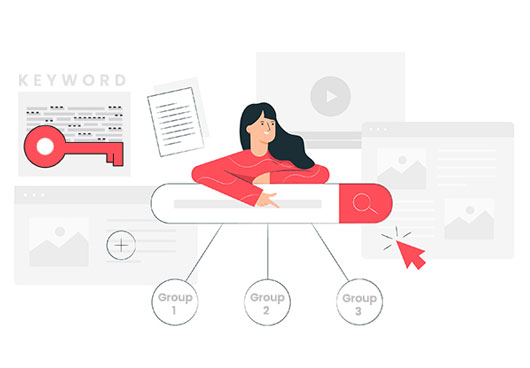
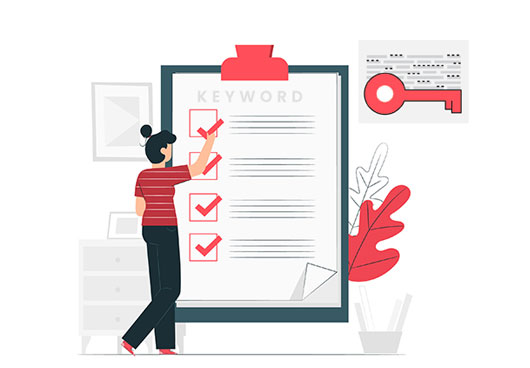

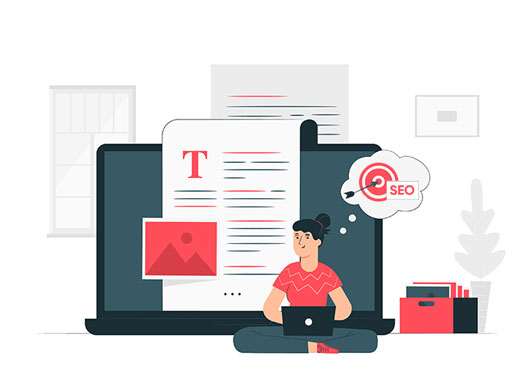
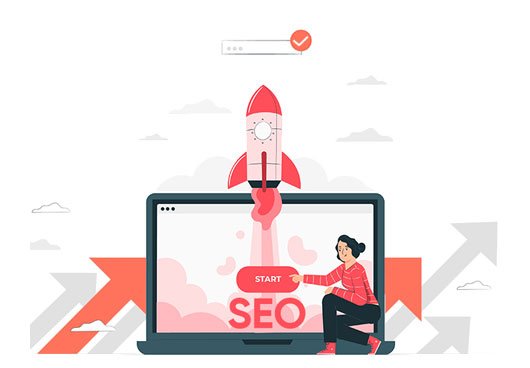
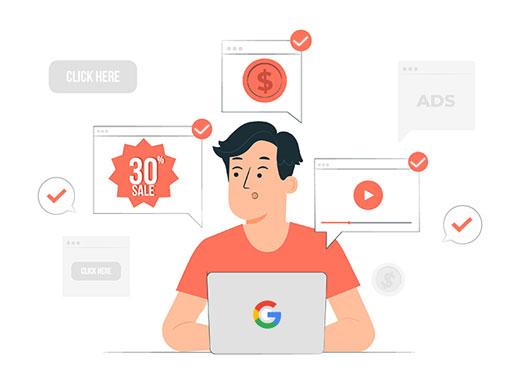



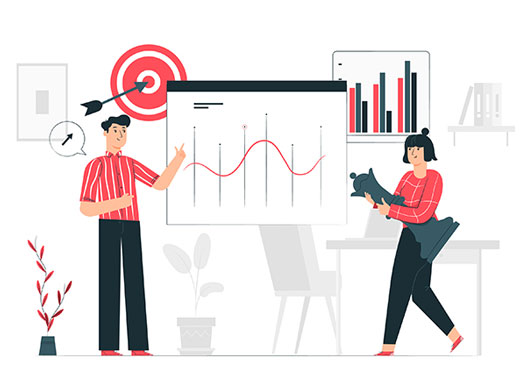
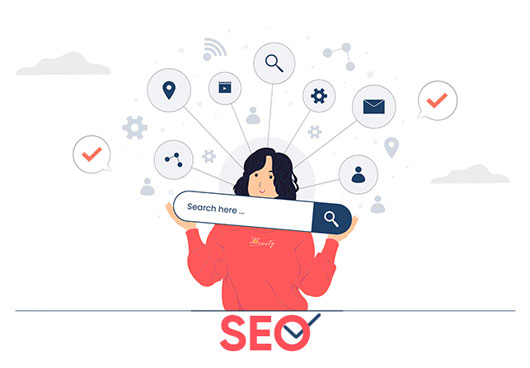
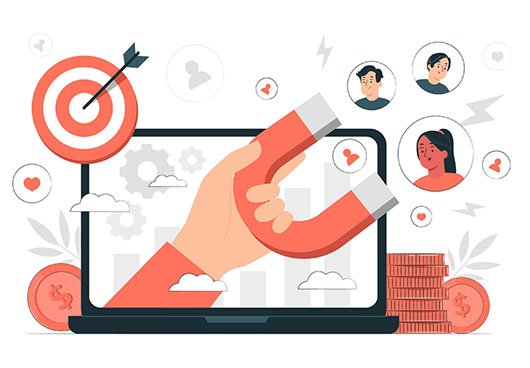

Leave a Reply